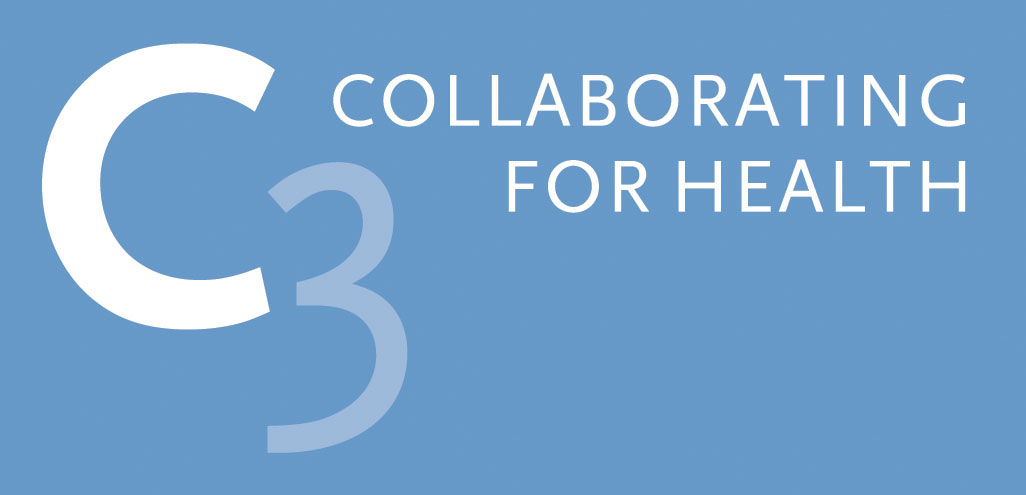The wealth health gap: my health my right
This years’, World Health Day theme is “My health, my right”. The face that our health is a basic and essential asset that affects all other aspects of our lives, and that health is a right has been almost universally accepted. In fact, the 1946 Constitution of the World Health Organisation (WHO) expands on the right to health as the following: “The right to the enjoyment of the highest attainable standard of physical and mental health”, with the term health defined as: “a state of complete physical, mental and social well-being and not merely the absence of disease or infirmity.” While the right to health may seem simple to understand, it can be broken down into matters that are more complex. Being able to achieve good health depends on many underlying determinants, such as having access to clean drinking water, nutritious food, safe housing, healthy working and environment conditions, quality of education and gender equality. Most of these determinants lie out of our individual control and are determined by the wider forces of economics, social policies and politics, making it hard for many people around the world to truly attain their right to health.
According to the WHO, millions of people are not having their right to health fully realised and this number is rapidly increasing. The underlying determinants previously mentioned are worsened by current conflicts around the world causing widespread physical and psychological damage, climate change and resulting forced migration and displacement. The aim of World Health Day 2024 is to address the challenges that are affecting people’s right to health. Many of these challenges are linked directly to wealth and income, since a person’s socioeconomic status can drastically impact their access to water, nutritious food, safe housing and education. People who earn more are also more likely to have safer working and environmental conditions, with access to benefits such as access to better health care.
How does socioeconomic status link to the risk of NCD?
NCDs (non-communicable diseases) — cardiovascular disease, some cancers, diabetes and chronic respiratory diseases — are responsible for 74% of all deaths globally, of which 77% occur in low- and middle-income countries. The main risk factors for NCD include unhealthy diets, stress-relieving behaviours such as tobacco use and alcohol misuse as well as physical inactivity (linking to access to safe spaces for exercise) and air pollution. While these risk factors are often framed as behavioural and modifiable, many of them are not wholly in an individual person’s control – framing these as solely lifestyle choices neglects the role that structural & commercial determinants play in risk of disease and health inequities. Many of the risk factors that increase a person’s risk of dying from an NCD disproportionately affect people in low-income groups and people experiencing poverty – this phenomenon is known as the wealth-health gradient. Wealth can refer to someone’s income, which is the amount of money that people that earn, but also their financial assets (value of bank accounts, stocks and investments) as well as real assets (owned properties, real estate, cars and other valuables).
The Wealth-Health Gradient
The wealth-health gradient refers to a phenomenon demonstrated by researchers, which shows that wealthier people/ people at higher socioeconomic statuses are likely to be healthier than people from low socioeconomic groups. A similar phenomenon is called the social gradient, which refers to how the poorest people globally have the worse health. This is because having more access to wealth means people can afford healthier living conditions as well as access to higher quality medical care – this includes advanced medical resources, quality treatment, expensive medications, healthy nutrition and preventive medicine. The gradient also applies at an international level, where higher-income countries can allocate more economic resources to epidemic prevention, public health measures as well as widespread, high quality health coverage through policies, programmes, laws and budget management.
The wealth-health gradient can be lessened if countries distribute their resources equitably over their population, however many countries have massive income inequality which was worsened by the Covid-19 pandemic. Countries with the highest income inequalities include Brazil, Colombia, Angola and South Africa. The pattern of income inequality in South Africa mirrors patterns found in other countries too, where people who are white, male or work in urban settings are more likely to earn more than their counterparts. Countries which have corrupt or oppressive governments also tend to have worse income inequality, as well as countries where only the richest citizens have access to the education and qualifications that are required for better-paying, high-skilled jobs. All these factors therefore impact a person’s wealth and income, which will have a substantial impact on their ability to meet their right to health.
When someone has poor health, this can also reduce their income – this is known as the health-poverty trap. Experiencing poor health can limit a person’s ability to work, be productive and earn an income or it can decrease their educational attainment. Medical treatments and procedures can also lead to debt and bankruptcy, especially in countries with poor health coverage.
How is race linked to health and wealth?
It is clear to see that achieving good health outcomes is linked to factors such as education, housing, access to nutritious food, clean water and sanitation as well as economic opportunities. Research has shown that while income is linked to health, the ability to earn a high income varies across racial groups. Studies in the US show that chronic financial hardship in ethnic minority groups is an important factor that leads to their poorer health outcomes. This is linked to a long history of exploitation and segregation, as well as the effects of discrimination on racial and mental health. Institutional racism is defined as patterns of discrimination based on race which are ingrained into policies, government institutions, healthcare, education and law enforcement, affecting ethnic minority people at multiple levels. Overall, this shows that processes which link poor wealth to poor health overlap with processes that limit ethnic minority groups from accessing the same economic opportunities as white people.
Recommendations for Policy Reform
According to the WHO, whilst around 140 countries recognise the right to health as a universal human right, only 4 countries have plans on how to effectively finance this. To give people , the capacity to meet their right to health, governments must address the social determinants of health, which are the circumstances in which people are born, grow up, live, work and age. A lot of these factors depend on effective policy reform in sectors such as finance, education, housing, employment, transport and health. It is important that policy reform in different sectors complement the right to health. For example, trade policies which encourage the production and transport of ultra-processed foods as opposed to increasing domestic capacity to grow fresh fruits and vegetables would be contrary to achieving good health outcomes. Evidence-based policies that promote financial equity or increase housing and social mobility could also have positive effects on overall long-term health outcomes.
C3 tackling the wealth health gap
C3’s community-engagement programme partners with local communities, especially communities experiencing deprivation, to identify barriers to good health and use a community’s existing strengths to overcome these barriers. The aim is to make the healthy option the easy option for all.
Health interventions are often imposed on communities. Evidence shows that actively engaging communities in evaluating the challenges and opportunities they face in their day-to-day lives leads to more effective, longer-lasting solutions.
What makes C3’s community-engagement programme unique is CHESS® (Community Health Engagement Survey Solutions).
CHESS® is an innovative, evidence-based approach that shifts decision-making to local communities by engaging them as ‘citizen scientists’ in an investigation about their built environment (e.g., the shops, restaurants and parks in their neighbourhood) and how this impacts their day to day lives and health.
Once barriers to good health have been identified C3 then works with the local community to come up with solutions to make physical activity and healthy food more accessible and promote community cohesion.
C3 mostly uses CHESS with disadvantaged communities and our past work has involved partnerships with local communities in France, Ireland, Scotland as well as several local authorities in London and southern England. In fact, 88% of participants surveyed in Medway, England that worked with C3 as part of the ASPIRE EU project reported that they do more physical activity since participating in the CHESS® action plan and 67% that CHESS® enabled them to develop new skills to help them create change in their community

